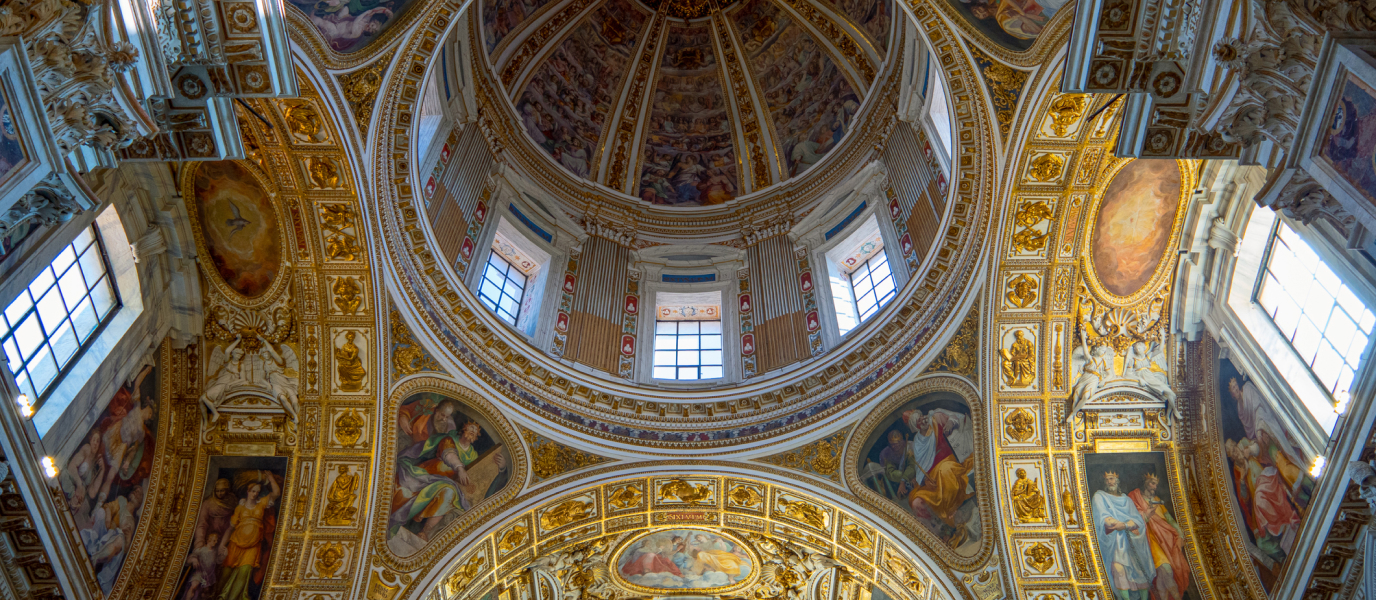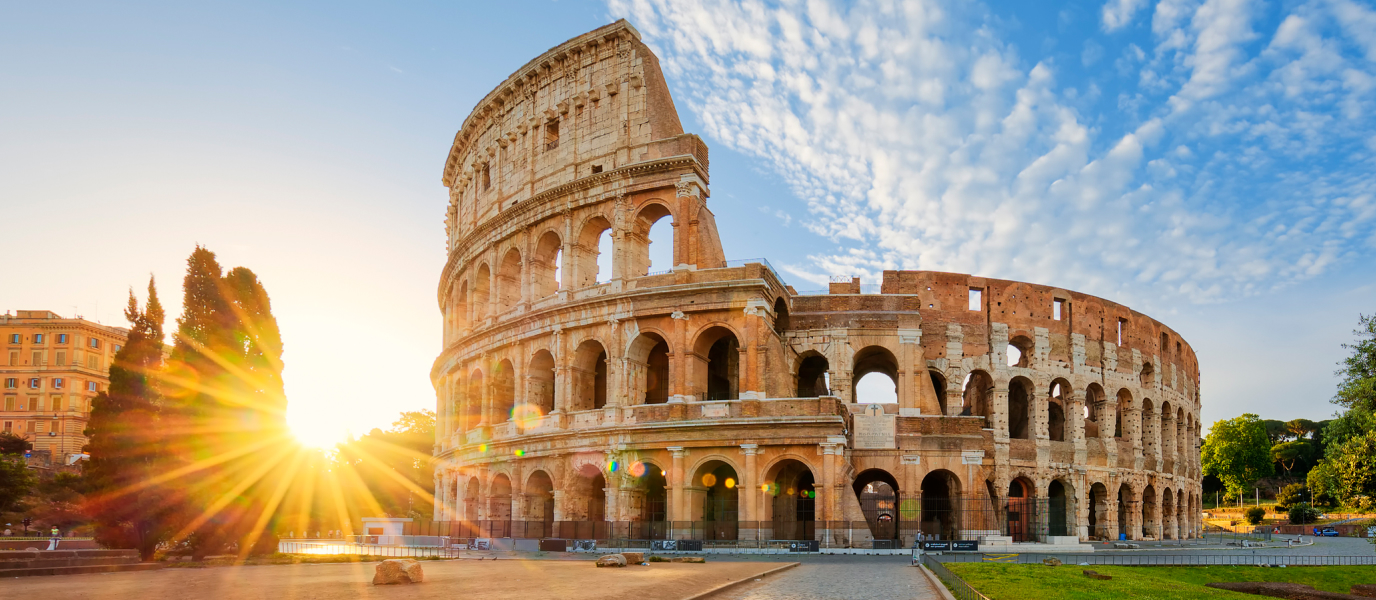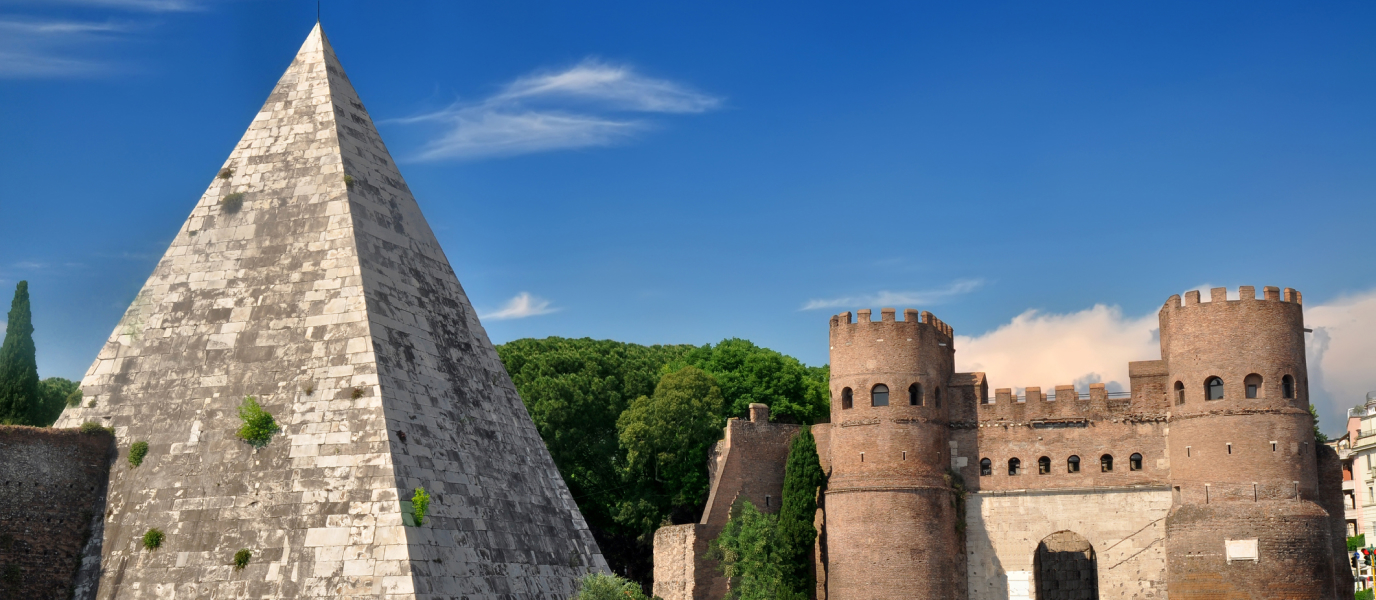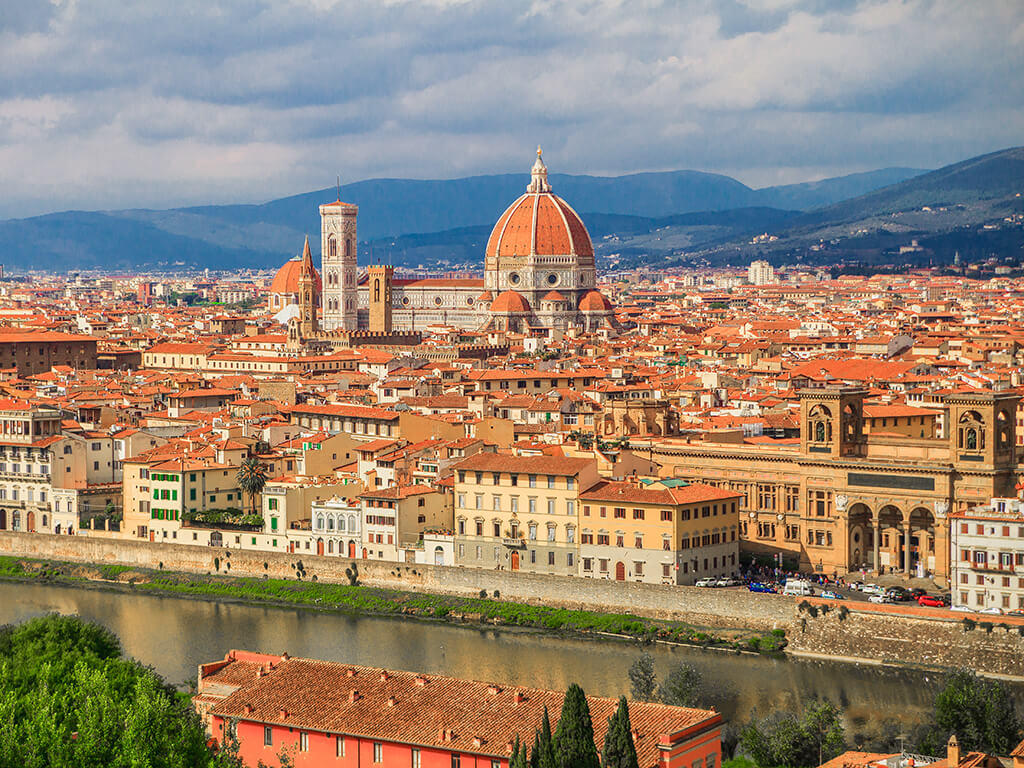There are some truly special moments in life, and the excitement of visiting the Sistine Chapel for the first time may well be one of them. Visitors stand in awe as they contemplate everything that Rome represents – grandeur, splendour, history and, above all, art. It is fascinating to imagine painters of the calibre of Raphael immersed in creating the frescoes of the Apostolic Palace, or Michelangelo suspended from the ceiling of one of the most famous chapels in the world.
It is impossible not feel overawed by the artistic perfection of that ceiling. If you have always wanted to visit the Sistine Chapel, you will not be disappointed by its magnificence. There is so much to say about the chapel that it would be impossible to include it all here, so let’s take a look at some of the best bits to help you on your way.
Where is the Sistine Chapel?
Vatican City is a territory within Rome with a tiny population of 800 people. Interestingly, some of the world’s most fascinating works of art can be found in that very small area. In addition to the Papal Basilica and St. Peter’s Square – which form a large part of the city – there is also the Apostolic Palace, the pope’s official residence.
The vast network of buildings also contains the Vatican Museums, the Vatican library and the truly sublime Sistine Chapel. You will find some of the most impressive frescoes in the history of art in these buildings. Some were painted by Michelangelo whilst others were the work of artists such as Botticelli and Ghirlandaio.
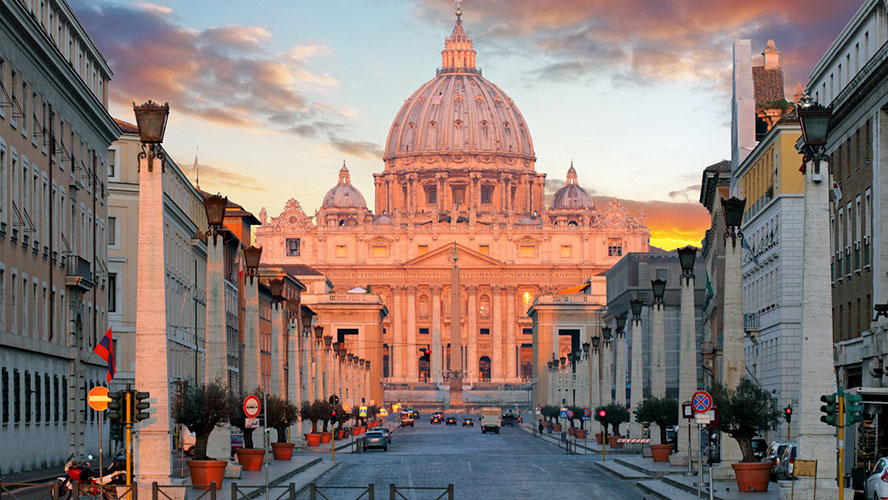
The chapel has always been the seat of the Papal Household, the pope’s inner circle of advisors. It was designed in the 15th century under the sponsorship of Pope Sistine IV. An innumerable number of historical events have taken place there and it is the site of the papal conclave for electing a new pope.
Inside the Sistine Chapel: paintings and other ornaments
When viewed from the outside, there is nothing particularly striking about the chapel, other than its height and rectangular shape. The truly amazing features are on the inside. One very interesting fact is that inside it measures 40.9 metres by 13.4 metres: the exact dimensions of Solomon’s Temple in the Old Testament.
The only means of access is through the Apostolic Palace. The first thing that will catch your eye as you enter is the flattened barrel vault about twenty metres up that serves as a ceiling. The vault itself consists of other, smaller vaults positioned over the windows. The famous marble screen divides the room in two.
However, the most important part of any visit to the Sistine Chapel is its impressive decoration. The first stage began in the late 15th century when Pope Sistine IV commissioned Perugino, Ghirlandaio, Botticelli and Cosimo Rosselli to make some frescoes for the central panel of the side walls.
On one side, you can see scenes from the life of Moses. On the other, there are scenes from different times in the life of Christ. These paintings were created by great artists of the Quattrocento. Make sure you take a few moments to contemplate Botticelli’s ‘Punishment of the Rebels’ and Perugino’s ‘Christ Giving the Keys of the Kingdom to St. Peter’ and admire the perspective and depth of the fresco.
The vaulted ceiling was decorated some years later when Pope Julius II finally managed to entice Michelangelo to Rome to complete the work.
The Sistine Chapel and Michelangelo’s frescoes
The Rome that Pope Julius II created was frankly nothing less than extraordinary. He was the great sponsor of the artists of the time and commissioned Bramante to reconstruct the Basilica of Saint Peter, and Raphael to begin painting the rooms of the Vatican. His most fervent desire was that Michelangelo (‘the Divine One’) should decorate the ceiling of the Sistine Chapel.
The artist’s excellent reputation preceded him when he arrived in Rome in 1508. The beauty of the Pieta and David sculptures are testimony to his skill. Michelangelo had always thought of himself as a sculptor and he only learnt the techniques used to create frescoes after seeing a number of examples in the workshop of his master, Ghirlandaio. The work commissioned by Pope Julius II was a challenge because of the size and scope of the project.
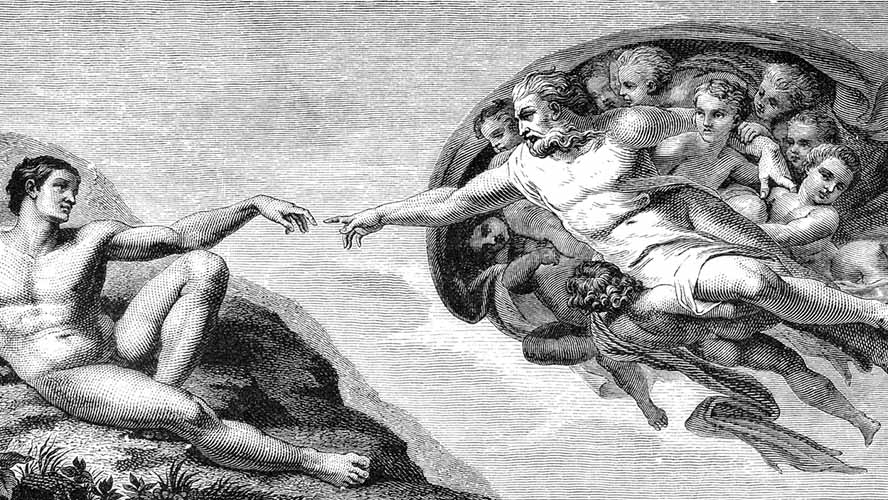
The first hurdle they needed to overcome was actually getting up to the ceiling. Michelangelo himself eventually designed a scaffolding system consisting of a platform made of wood that meant he could paint standing up. Creating a fresco was a huge challenge because the technique leaves no room for errors. Michelangelo spent months practising in order to perfect the materials and make them suitable for the climate. He eventually achieved the result he was looking for and completed the project almost entirely by himself. At the time, Michelangelo himself complained about the huge physical effort the work entailed, stating ‘My loins have moved into my guts’.
Michelangelo’s immense effort to complete the task allowed the work of art to be unveiled on 31st October 1512. The result was a simply incredible iconographic piece of work: painted architecture depicting nine scenes from the Book of Genesis. The iconic ‘Creation of Adam’, where the fingers appear almost electrically charged as they reach out to touch one another, is really rather miraculous.
There are Prophets and Sibyls and a depiction of the salvation of the people of Israel. The decorative artwork as a whole would change the paradigms of art forever. Its strength and drama, with people as the main feature, bring the divine to life. It is truly unique.
A few years later, in 1536, Michelangelo put the cherry on the cake when he created the ‘Last Judgement’ on the wall of the Sistine Chapel. The Italians used the word terribilitá to describe the powerful and awe-inspiring nature of the characters that Michelangelo painted. The bodies twist and turn as if in some sort of turbulent storm, their impossible postures a reflection of the pain of the scene. The numerous nude figures were immediately censored and many of them were even covered up following the death of Michelangelo. Artist Daniele de Volterra, who was commissioned to do the job, was unfortunately given the nickname Il Bragehetonne (‘the breeches painter’) as a result. Some of these additions were removed during posterior restoration work. In any case, you simply cannot deny the splendour of this amazing work of art that will leave you absolutely speechless.




































































